Future Trends in Rugged Tablet Android Market Analysis for 2025
As we look toward 2025, the
Rugged Tablet Android market is poised for
significant growth, driven by the increasing demand for durable and versatile devices
across various sectors. According to a recent report by MarketsandMarkets,
the global rugged tablet market is projected to reach
USD 1.17 billion by 2025,
with a compound annual growth rate (CAGR) of 6.2%
from 2020 to 2025. This growth is largely fueled by the expanding use of rugged devices
in industries such as construction, manufacturing, and logistics, where reliable
performance in challenging environments is essential. Additionally, advancements in
Android operating systems, offering enhanced features and
greater integration with enterprise applications, are set to further propel the adoption
of Rugged Tablet Android devices. This blog will delve into the key trends shaping this
dynamic market, providing insights into the future trajectory of rugged tablets and their
applications in a rapidly evolving technological landscape.
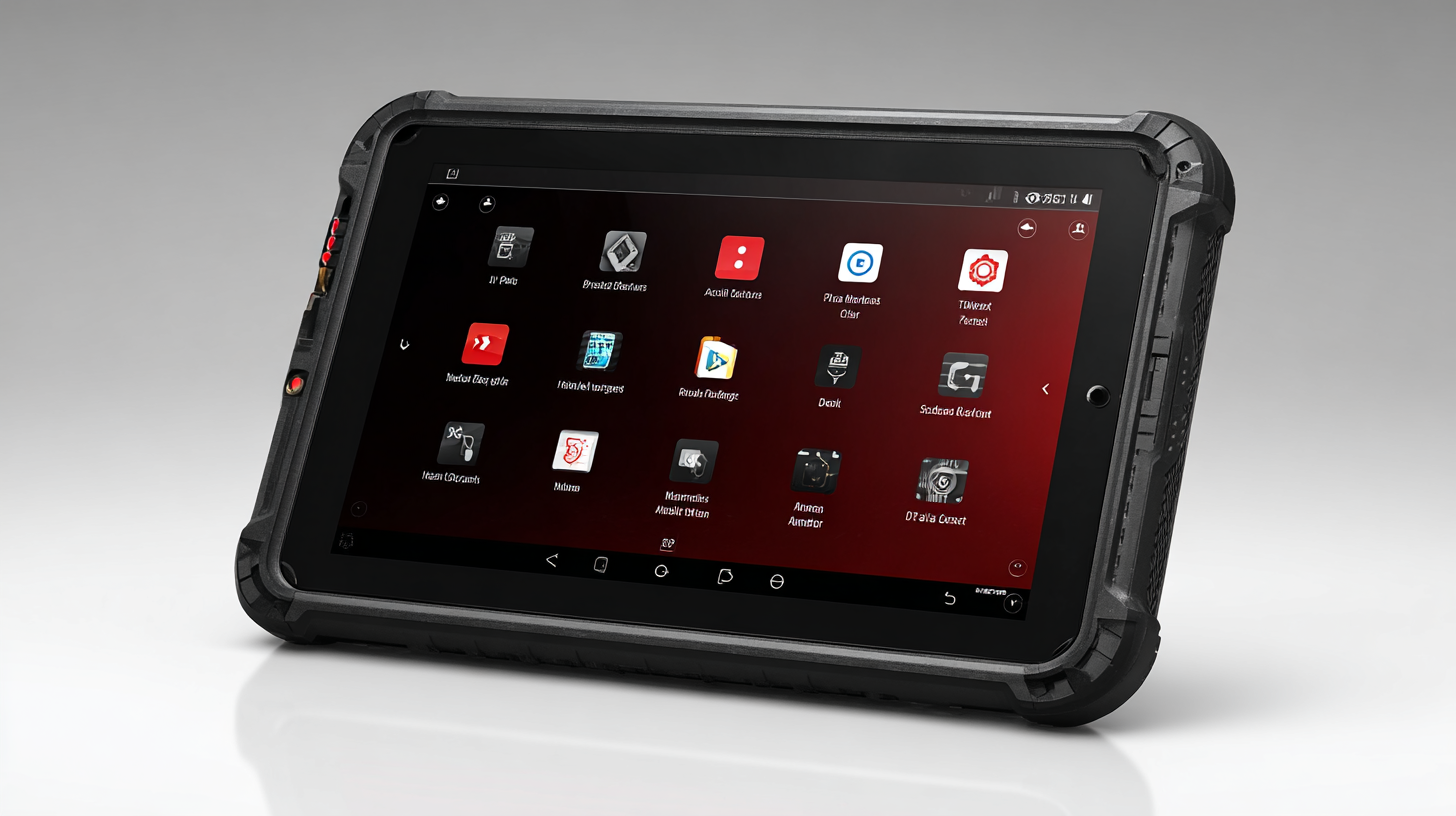
Key Characteristics of Rugged Tablets in Various Industries
Rugged tablets are becoming increasingly important across various industries, with their robust designs tailored to withstand extreme conditions. In sectors such as construction, manufacturing, and logistics, these devices must endure dust, water, shocks, and temperature fluctuations. This has led manufacturers to innovate with stronger materials and advanced technology, ensuring reliability in harsh environments. The ability to operate in direct sunlight with high visibility screens, as well as the integration of long-lasting batteries, are key characteristics sought by users.
In healthcare and emergency services, rugged tablets are utilized for critical tasks, including patient monitoring and real-time data access during emergencies. These tablets often come with enhanced security features to protect sensitive information, and their wireless connectivity facilitates immediate communication among teams. Industries are also leaning towards devices that support various software applications for better workflow efficiency. As the demand for rugged tablets grows, companies will need to prioritize durability and functionality to write the next chapter in the evolution of this versatile technology.
Assessing the Versatility of Android in Rugged Tablet Applications
In the rugged tablet market, Android's versatility is emerging as a significant trend, particularly as we approach 2025. The adaptability of Android in rugged tablet applications allows these devices to thrive in diverse environments, from construction sites to field operations. This flexibility is critical, as professionals demand tools that can not only withstand harsh conditions but also run a variety of applications efficiently. Recent advancements indicate a growing roster of rugged tablets utilizing Android's operating system, aimed at enhancing functionality and user experience for mobile workers.
As companies continue to prioritize reliability and multi-functionality, the capabilities of Android will drive innovation in rugged tablets. For instance, devices specifically designed for commercial and government use are showcasing how Android can effectively cater to demanding business requirements. With features such as enhanced battery life, robust connectivity options, and a suite of apps designed for specific tasks, these tablets are optimized for real-world applications where durability meets versatility. As we look toward 2025, the evolution of rugged tablets will undoubtedly reflect Android's growing significance in this competitive space.
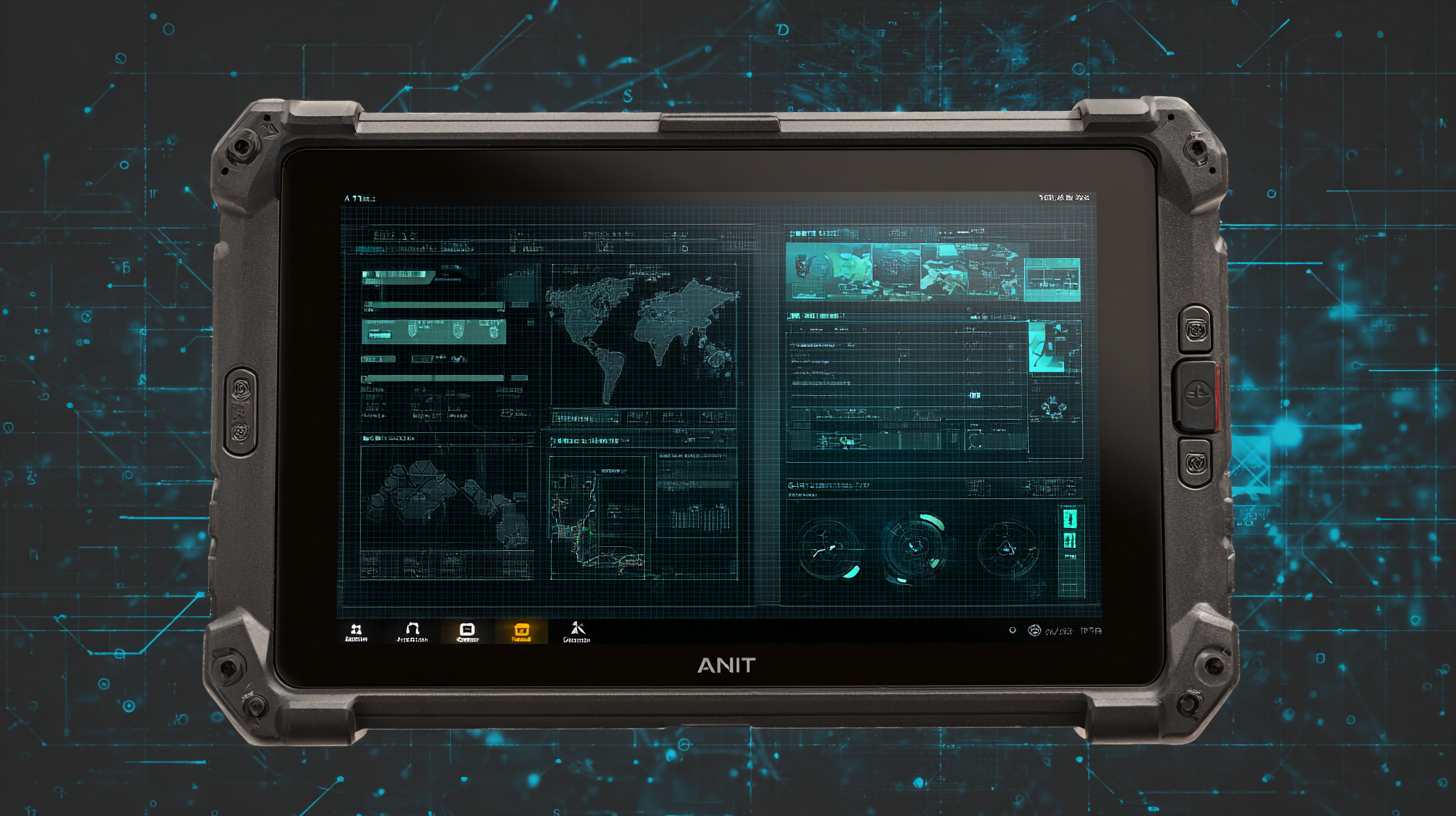
Comparative Analysis of Rugged Tablet Designs for Different Environments
In the ever-evolving landscape of technology, rugged tablets are becoming increasingly essential across various industries. These devices are specifically designed to withstand harsh environments, making them ideal for sectors such as construction, field service, and military applications. When conducting a comparative analysis of rugged tablet designs, it becomes evident that different environments demand distinct features. For instance, tablets used in extreme temperatures need enhanced thermal management systems, while those employed in rough terrains must be equipped with superior shock resistance and durable casing.
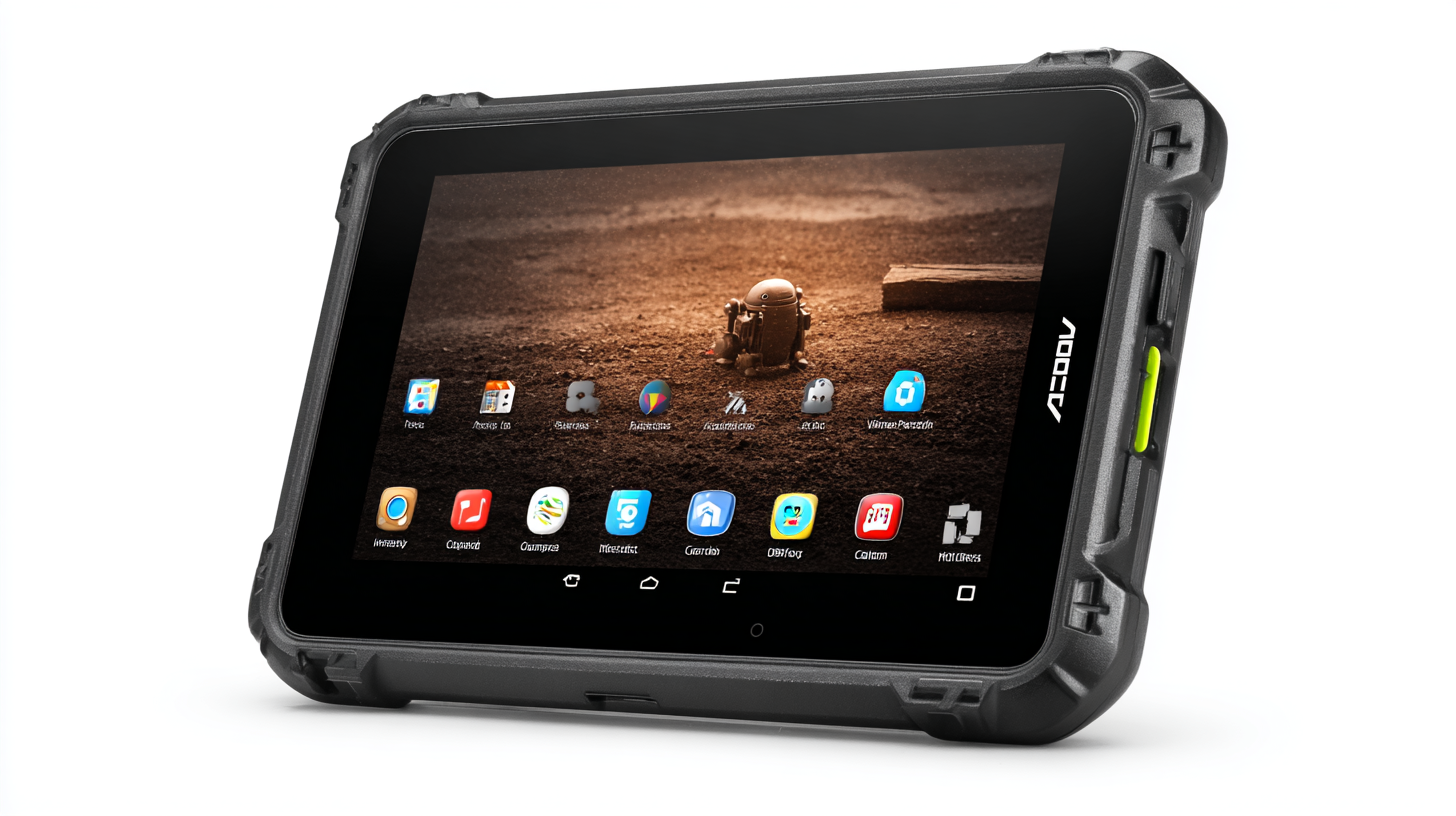
Moreover, the ergonomics and usability of rugged tablets vary significantly based on the environment. In scenarios where workers wear gloves or operate in constrained spaces, devices with larger buttons and touch sensitivity are paramount. Alternatively, tablets utilized in high-visibility areas may require brighter screens and anti-reflective coatings to ensure readability in direct sunlight. Understanding these environmental factors is crucial for manufacturers aiming to innovate and provide robust solutions tailored to diverse operational needs. As the rugged tablet market continues to expand, focusing on these comparative design elements will be key to meeting the demands of specific industries and enhancing overall user experience.
Emerging Technologies Influencing Rugged Tablet Features by 2025
The rugged tablet market is poised for significant transformation by 2025, driven primarily by advancements in emerging technologies. According to a recent report by Markets and Markets, the rugged tablet market is expected to grow at a CAGR of 6.4%, reaching $1.25 billion by 2025. This growth can be attributed to the increasing demand for durable devices in harsh environments, such as construction sites, manufacturing facilities, and outdoor fieldwork, where standard tablets fail to deliver the necessary reliability and performance.
Emerging technologies such as 5G connectivity, Artificial Intelligence (AI), and the Internet of Things (IoT) are reshaping the functionality of rugged tablets. With 5G networks becoming more widespread, rugged tablets will benefit from faster data transmission, enabling real-time collaboration and data collection in the field. Additionally, AI-powered features will enhance user experience through improved data processing and predictive maintenance, while IoT integrations will allow rugged tablets to interface seamlessly with other connected devices and sensors, optimizing workflows and boosting productivity. As these technologies continue to evolve, the rugged tablet sector will likely adapt and innovate, offering users more versatile and powerful tools for their demanding environments.
Market Segmentation: Target Industries for Rugged Android Tablets
The rugged tablet market, particularly for Android devices, is poised for significant growth, fueled by increasing demand across various industries. According to a recent report by MarketsandMarkets, the rugged tablet market is projected to reach $1.12 billion by 2025, growing at a CAGR of 5.3% from 2020. This growth is largely attributed to the increasing adoption of rugged tablets in sectors such as construction, manufacturing, and field services, where durability and reliability are paramount.
In terms of market segmentation, the construction industry is expected to be a major driver for rugged Android tablets. The latest research from IDC indicates that 70% of field workers in construction rely on mobile devices for real-time data entry and communication. As projects become more complex, the need for robust devices that can function in harsh environments will only intensify. Moreover, the healthcare sector is also emerging as a critical market for rugged tablets, with a projected growth rate of 5.8% by 2025, according to a report by Gartner. Hospitals and clinics are increasingly utilizing rugged tablets for patient management systems, which require devices that can withstand sanitation protocols and daily wear-and-tear.

Home
Products
Solutions
MDM Software
OEM/ODM
About Us
About 3Rtablet
Quality Control
Contact Us
News
New Product Launch: 3R Rugged Tablet PC: AT-10AL—Powerful Customization with Yocto System
3Rtablet: Enhancing Your Off-Road Adventures,Your Ultimate Off-Road Companion
3Rtablet: Powering Productivity in Construction and Agriculture
Choosing Your Ideal Linux Rugged Tablet: Why Opt for Yocto?
Choosing Your Ideal Linux Rugged Tablet: Why Opt for Debian?
Yocto VS Debian - Choosing Between Yocto and Debian
GMS Certified Android Device: Ensuring Compatibility, Security and Rich Functions
New Arrivals: Rugged Android 12.0 or Linux Yocto OS Vehicle Telematics Box for Vehicle Applications in Various Sectors
Rugged Tablet For Taxi Dispatch
Rugged Driver Tablets Revolutionize Safety and Efficiency in Mining Operations
Rugged In-Vehicle Tablets Power the Growth of IoT Revolution in Modern Industries
VT-7A PRO: New Android 13 Rugged Vehicle Tablet with GMS Certification
Taxi Dispatch Rugged Vehicle Tablet: Taximeter Ruggedized Car Tablet PC with CANBUS MDT Terminal Is Bound to Make an Impact in Your Business
Sick and Tired of Doing Fleet Management the Old Way? Read This! Discover Smarter Solutions with MDT Terminals, Rugged Vehicle Tablets, MDM Platforms, and More
Global Memory Supply Faces Severe Disruptions Amid AI-Driven Demand Surge
Public Transportation Transformation Accelerates: Rugged Tablets Become the Brain of the Smart Bus
Smart Anti-Collision System Unveiled: Rugged Tablet Integrates Advanced Al Pedestrian Detection Reversing Camera Technology
Driving Forward Together | Merry Christmas from 3Rtablet
FAQs
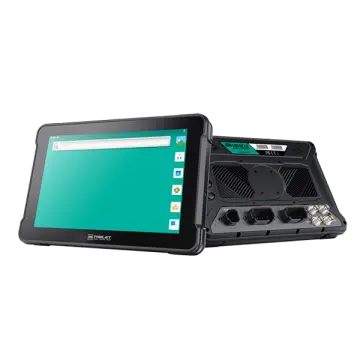 AT-10A
AT-10A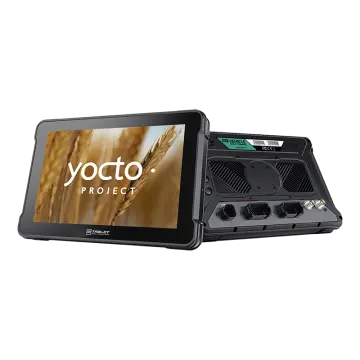 AT-10AL
AT-10AL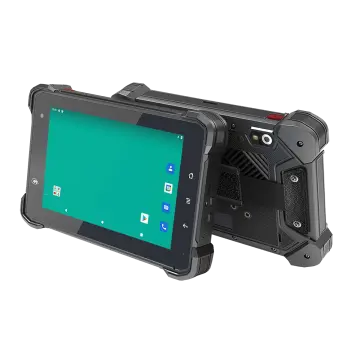 VT-7 GA/GE
VT-7 GA/GE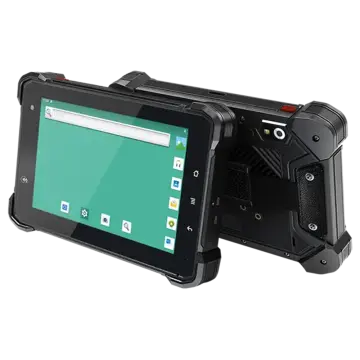 VT-7 Pro
VT-7 Pro VT-7 PRO (AHD)
VT-7 PRO (AHD) VT-7A
VT-7A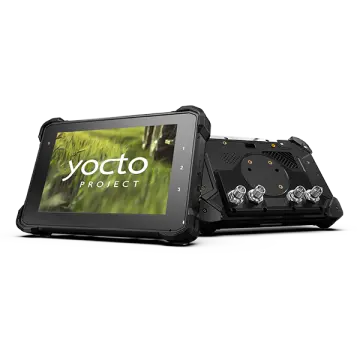 VT-7AL
VT-7AL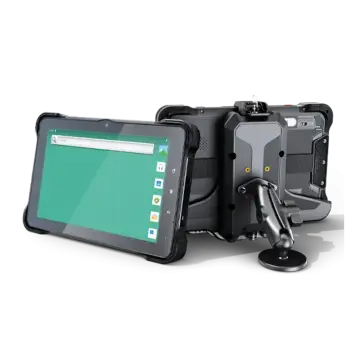 VT-10
VT-10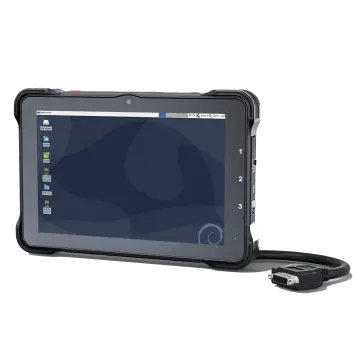 VT-10 IMX
VT-10 IMX VT-10 Pro
VT-10 Pro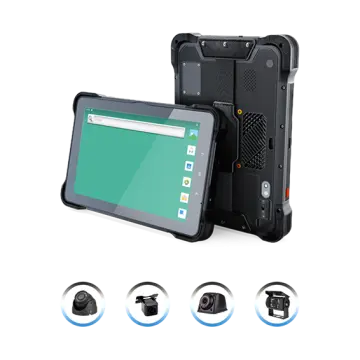 VT-10 Pro AHD
VT-10 Pro AHD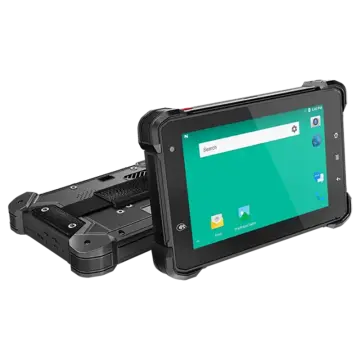 VT-7
VT-7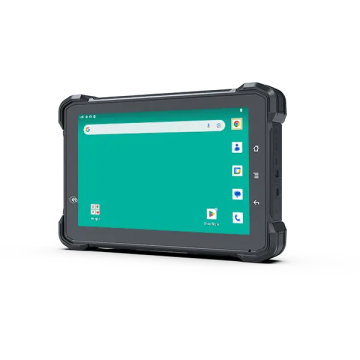 VT-7A PRO
VT-7A PRO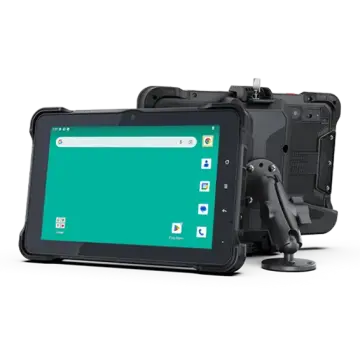 VT-10A Pro
VT-10A Pro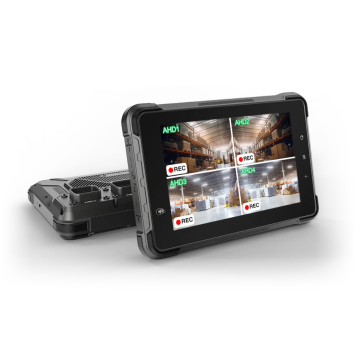 ST-7 Rugged Table
ST-7 Rugged Table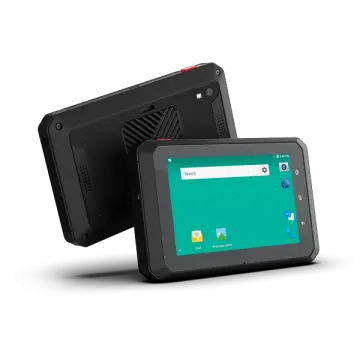 VT-5A
VT-5A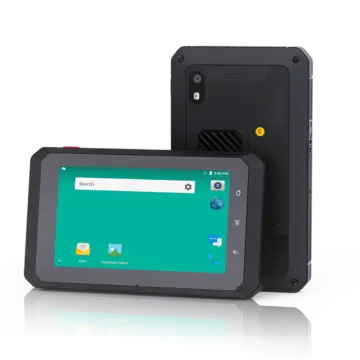 VT-5
VT-5 VT-BOX
VT-BOX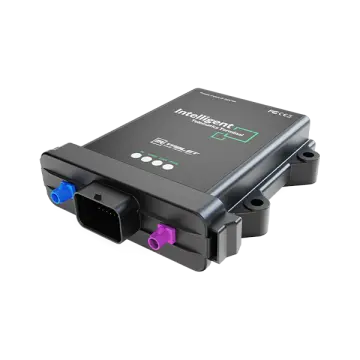 VT-BOX-II
VT-BOX-II AI-MDVR040
AI-MDVR040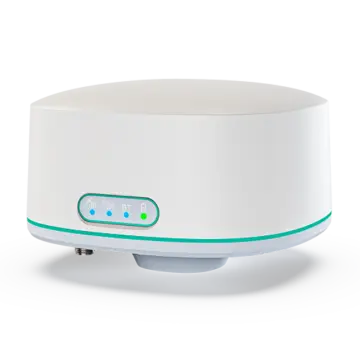 AT-B2
AT-B2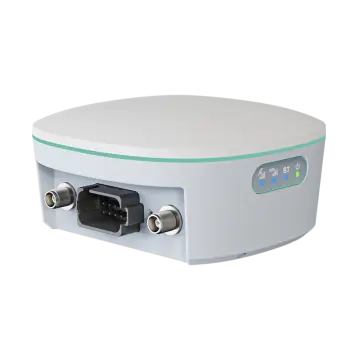 AT-R2
AT-R2

